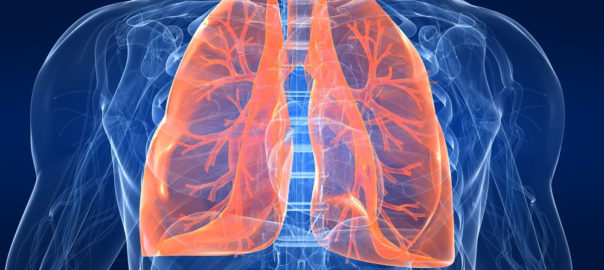Applying Regenerative Medicine to Heal Bronchopleural Fistulas

Mayo Clinic, the nonprofit organization devoted to clinical practice, education, and research in Florida, Minnesota, and Arizona, has once again maintained its reputation for utilizing the most innovative therapies to help patients with challenging health conditions. In this specific instance, Mayo Clinic researchers employed regenerative medicine to successfully close an open wound in the upper chest brought on by complications after lung removal. This marks the very first human application of such medical techniques.
Bronchopleural Fistulas
A bronchopleural fistula is a sinus tract that extends from the lung’s large airways to its membrane lining. It can develop from a number of causes, but is most often seen as a negative side effect about seven to fifteen days after lung surgery. A fistula might make itself known with symptoms like coughing and air-fluid pattern changes. When left untreated, a bronchopleural fistula can have life-threatening implications, including endobronchial contamination, pulmonary flooding, and tension pneumothorax.
No Option Left Unturned
Until now, the most common methods used to handle a bronchopleural fistula were not reliably successful. In fact, the standard surgical approaches often caused poor health and even death. According to Mayo Clinic’s thoracic surgeon, Dennis Wigle, M.D., Ph.D, known therapeutic options were completely exhausted by Mayo Clinic, but patient health had not improved. Wigle and his team made the decision to devise a new approach for handling bronchopleural fistulas which they adopted from an ongoing investigation into the treatment of anal fistulas caused by Crohn’s Disease.
Stem Cells To Treat Fistulas
The Mayo Clinic team harvested stem cells from the abdomen of a 63-year-old female patient with a large bronchopleural fistula, then seeded the stem cells into bioabsorbable mesh. They then implanted the mesh into the fistula and let the stem cells work their magic. Using imaging to investigate the progress, the woman’s fistula was shown to be completely closed and healed, even after more than a year. She was able to return to her normal daily activities without demonstrating any fistula symptoms.
Although Dr. Wigle’s work was limited to application in one patient, the fact that his approach was so successful suggests it can be expanded for broader use. As more research is done relating stem cells to bronchopleural fistulas, the true potential for Wigle’s approach will become clear.
Image courtesy of http://www.livescience.com/


